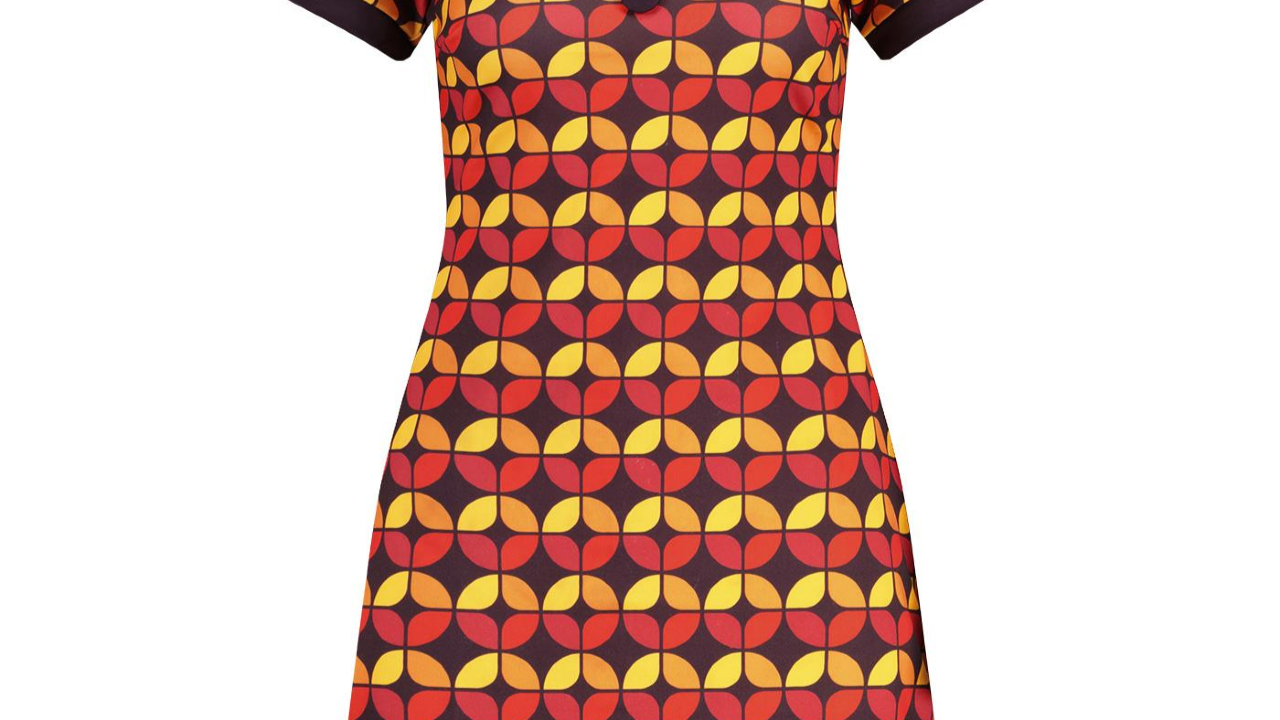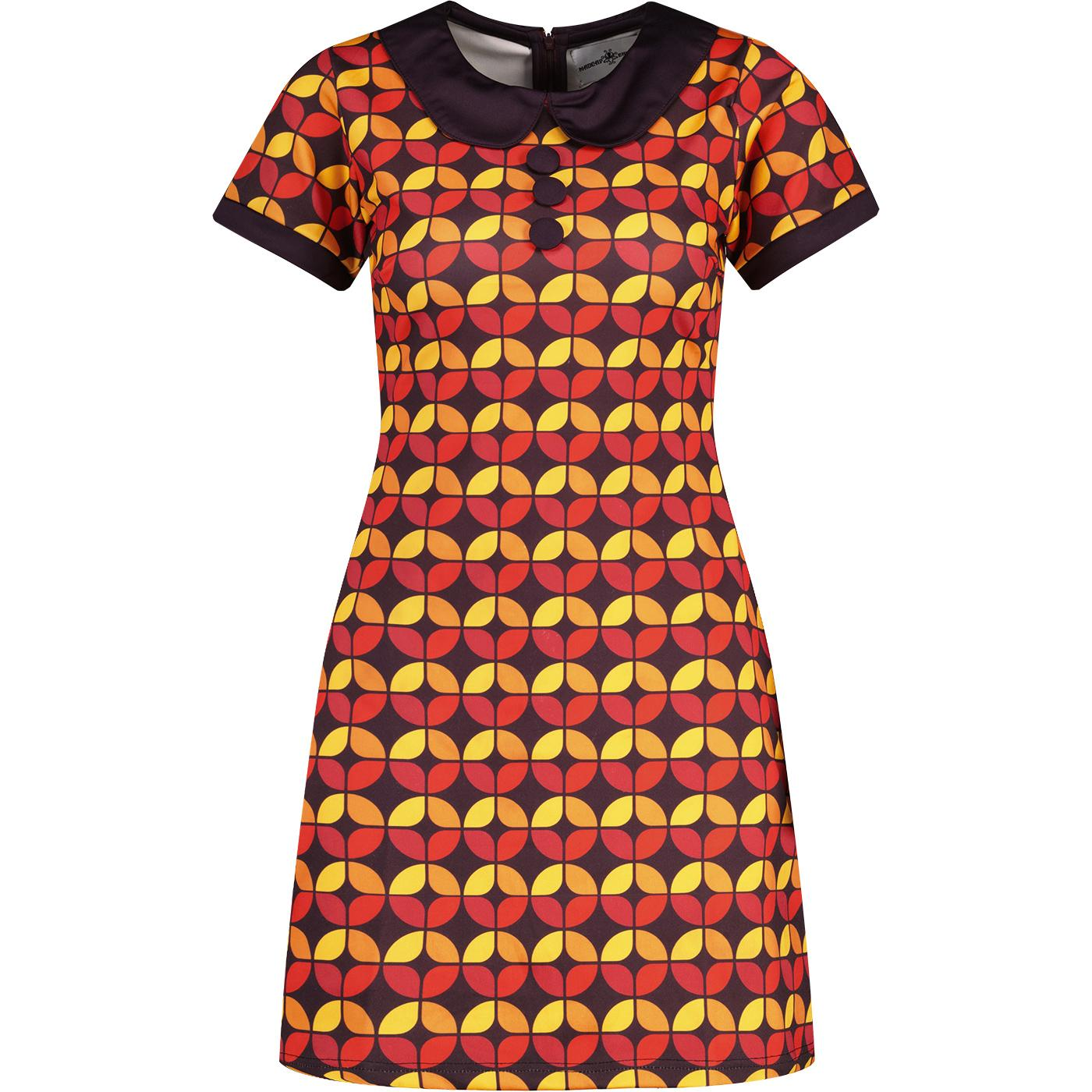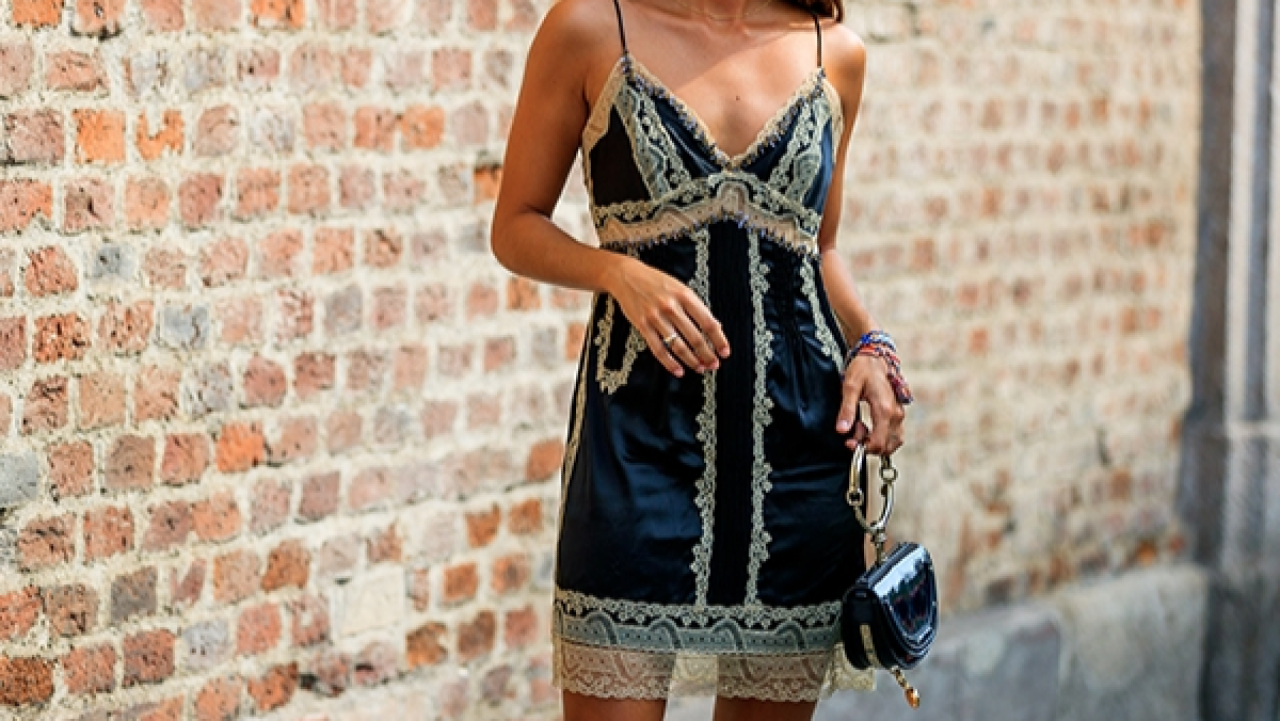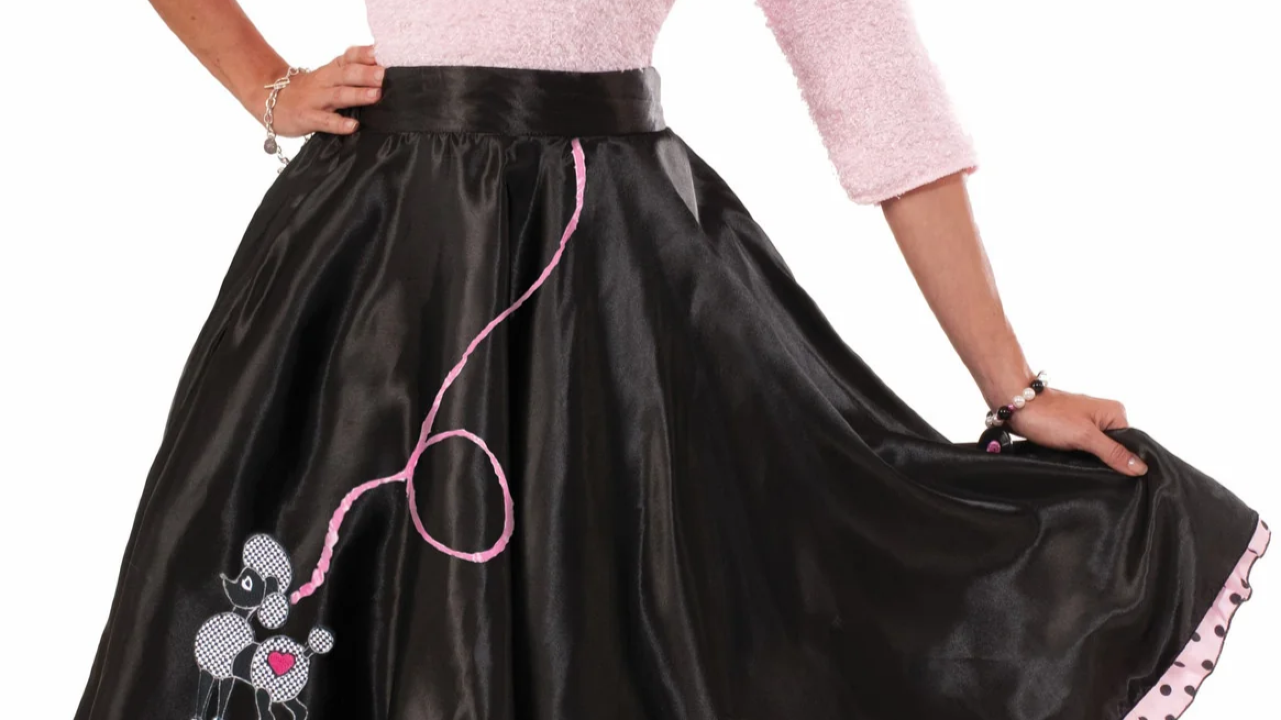AllVintageStyles
Vintage fashion encyclopedia
Mod Dress


A 1960s mod dress is a geometric A-line mini dress from London's mod subculture featuring clean lines, bold patterns, and a youthful silhouette that revolutionized women's fashion with its departure from traditional feminine shapes.
Quick Facts
- Era: 1960s (peak popularity 1964-1968)
- Origin: London, England (mod subculture and designer Mary Quant)
- Garment Type: A-line mini dress or shift dress
- Key Identifiers: Geometric patterns, A-line silhouette, mini length, clean construction
- Typical Resale Price: $100-$500 (authentic vintage pieces)
- Best For: Mod enthusiasts, 1960s fashion collectors, and retro dance events
History & Evolution
The mod dress emerged from London's youth culture in the early 1960s, pioneered by designers like Mary Quant who rejected the structured silhouettes of the 1950s. The A-line shape and mini length represented a rebellion against traditional feminine dress codes, emphasizing youth, mobility, and modernity over conventional beauty standards.
The style gained international recognition by 1965, coinciding with the British Invasion in music and fashion. Bold geometric patterns, op-art prints, and space-age influences defined the aesthetic. The mod dress became synonymous with Swinging London and the liberation of young women from restrictive clothing.
By the late 1960s, the mod influence evolved into psychedelic and hippie styles, but the basic A-line mini dress format became a permanent fixture in women's fashion. Today, authentic 1960s mod dresses are prized by collectors for their historical significance and timeless modern appeal.
Authentication Tips
Authentic 1960s Features:
- Metal back or side zippers (often exposed as design elements)
- Unlined construction or minimal lining typical of period garments
- Synthetic fabrics like polyester, wool blends, or cotton/synthetic mixes
- Hand-finished seams and period construction techniques
- London or British designer labels when available
Common Reproductions/Modern Pieces:
- Modern invisible zippers or plastic zippers
- Contemporary stretch fabrics not available in the 1960s
- Over-structured construction with excessive lining
- Screen-printed patterns instead of woven geometric designs
- Modern sizing and fit adjustments that alter authentic proportions
Styling & Use Cases
- Best for mod enthusiasts: Pair with white go-go boots, geometric jewelry, and bold tights for authentic 1960s London style
- Ideal for vintage collectors: Style with period-appropriate accessories like chain belts and structured handbags
- Perfect for themed events: Combine with dramatic eye makeup and sleek hairstyles for mod dance parties or costume events
Modern styling tips:
- Layer over fitted turtlenecks during cooler weather while maintaining the clean A-line silhouette
- Pair with contemporary ankle boots or sneakers for updated casual vintage looks
- Add modern statement jewelry to bridge vintage and contemporary styling
FAQ
Q: How can I tell if a 1960s mod dress is authentic vintage?
A: Look for metal zippers, period-appropriate synthetic fabrics, minimal lining, geometric or op-art patterns, and construction methods typical of 1960s garment manufacturing. British designer labels add authenticity and value.
Q: What's the typical price range for authentic 1960s mod dresses?
A: Authentic vintage mod dresses range from $100-$500 depending on designer, condition, and rarity. Pieces by famous mod designers like Mary Quant or with exceptional patterns command premium prices.
Q: How should I care for a vintage 1960s mod dress?
A: Check fabric content and care for accordingly - many 1960s synthetics can be gently machine washed, but dry cleaning is safest for preservation. Store hanging to maintain the A-line shape.
Q: What makes 1960s mod dresses valuable to collectors?
A: Their representation of 1960s youth culture revolution, association with Swinging London, innovative use of synthetic fabrics, and influence on modern fashion make them significant pieces for vintage fashion historians and collectors.
📷: Madcap England


